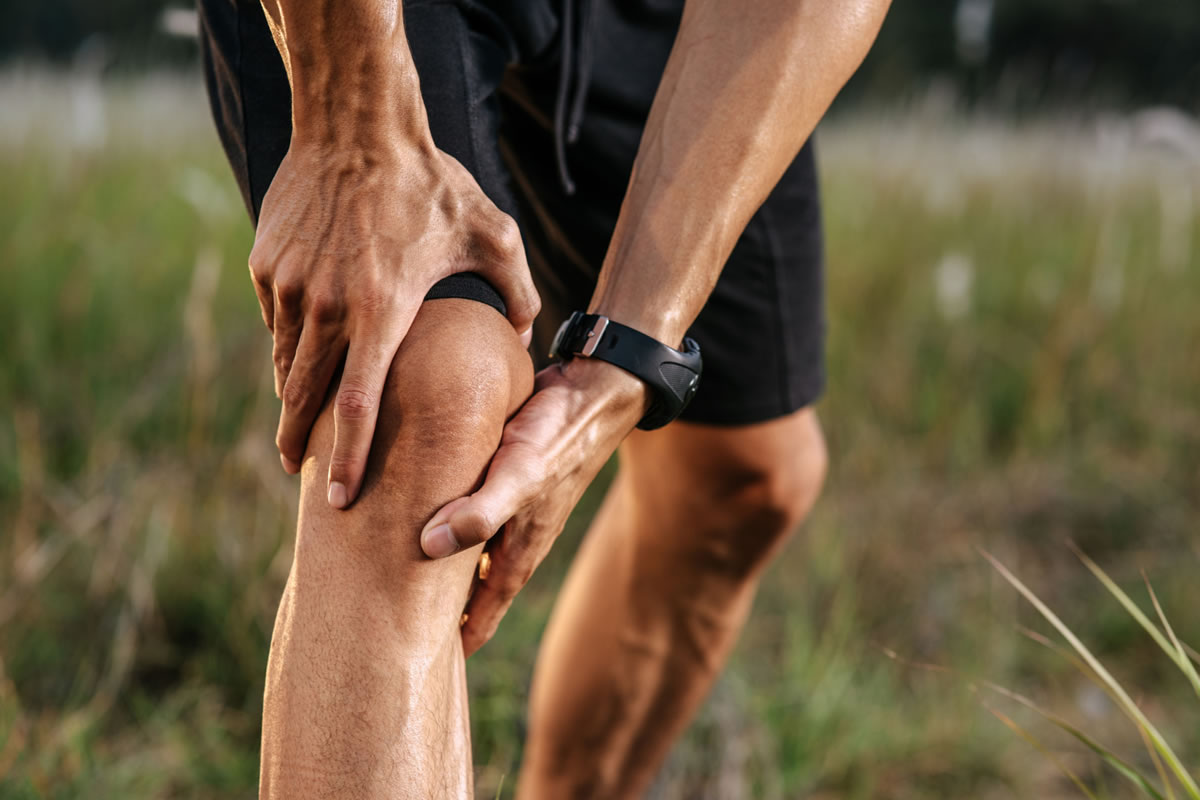
It is not uncommon for people to see physicians for knee injuries. Though you can treat most knee injuries in the home, some are severe enough to require surgical intervention by an orthopedic surgeon in Orange City. The knee is a sophisticated joint with movement much like a door hinge. The joint allows a person to straighten and bend their knees to run easily, squat, jump, or sit.
There are four components that make up the knee.
- Cartilage
- Ligaments
- Bones
- Tendons
The femur is commonly known as the thigh bone at the top of the knee joint. The bottom of the knee joint is made up of the shinbone or tibia. The meeting point between the tibia and femur is the kneecap or patella. The tissue that cushions the bones in the knee joint is called cartilage. Cartilage protects bones from impact and allows ligaments to slide over the bone easily. The knee has four ligaments that act like ropes to hold bones together and stabilize them. The muscles supporting the knee joint are connected to bones in the upper and lower leg by tendons.
Now that you understand more about the makeup of the knee, let's talk about common knee injuries.
Dislocation
When the knee bones are out of alignment and proper placement, this is called dislocation. When a person's knee is dislocated, one or more bones in the knee may slide out of place. Traumas or structural abnormalities that include falls, contact sports, or car accidents can all cause dislocation of the knee.
Fractures
Though the most commonly broken bone in the knee joint is the kneecap or patella, any bones in or around the knee are subject to fracturing. Most knee fractures are caused by high-impact trauma like falls or car accidents. In addition, people who have osteoporosis may find that their knees fracture from tripping or stepping the wrong way.
Torn tendons
The soft tissues that connect bones and muscles are called tendons. The most common tendon in the knee to be injured is the patellar. Tendons are often torn or overstretched during physical activity by athletes or middle-aged people. A hit or fall that causes direct impact may also cause tendon tears.
Bursitis
The fluid-filled sacs that help cushion knee joints and allow ligaments and tendons to slide easily over the knee are called bursae. Repeated pressure from kneeling or inflammation from overuse can cause these sacs to swell. This condition is known as bursitis. In most cases, bursitis is not severe and can be treated at home with self-care practices. However, some patients require treatment with antibiotics or aspiration, a needle used to withdraw excess fluid from the knee.
Torn meniscus
A meniscal tear often refers to torn cartilage in the knee. There are two rubbery wedges of cartilage called menisci between the shinbone and thigh bone. Meniscal tears can be caused suddenly during sports events or more slowly due to aging. A torn meniscus due to aging is referred to as a degenerative meniscus tear. A pop may be felt or heard in your knee with a meniscus tear that happens suddenly. Tightness, pain, and swelling may increase over the coming days after the initial injury.
Knee injuries can range from annoying to debilitating. If you are suffering from chronic knee pain, you should seek the advice of a physician right away.
When all other options have been exhausted, you may need to contact an orthopedic surgeon in Orange City for surgical intervention.